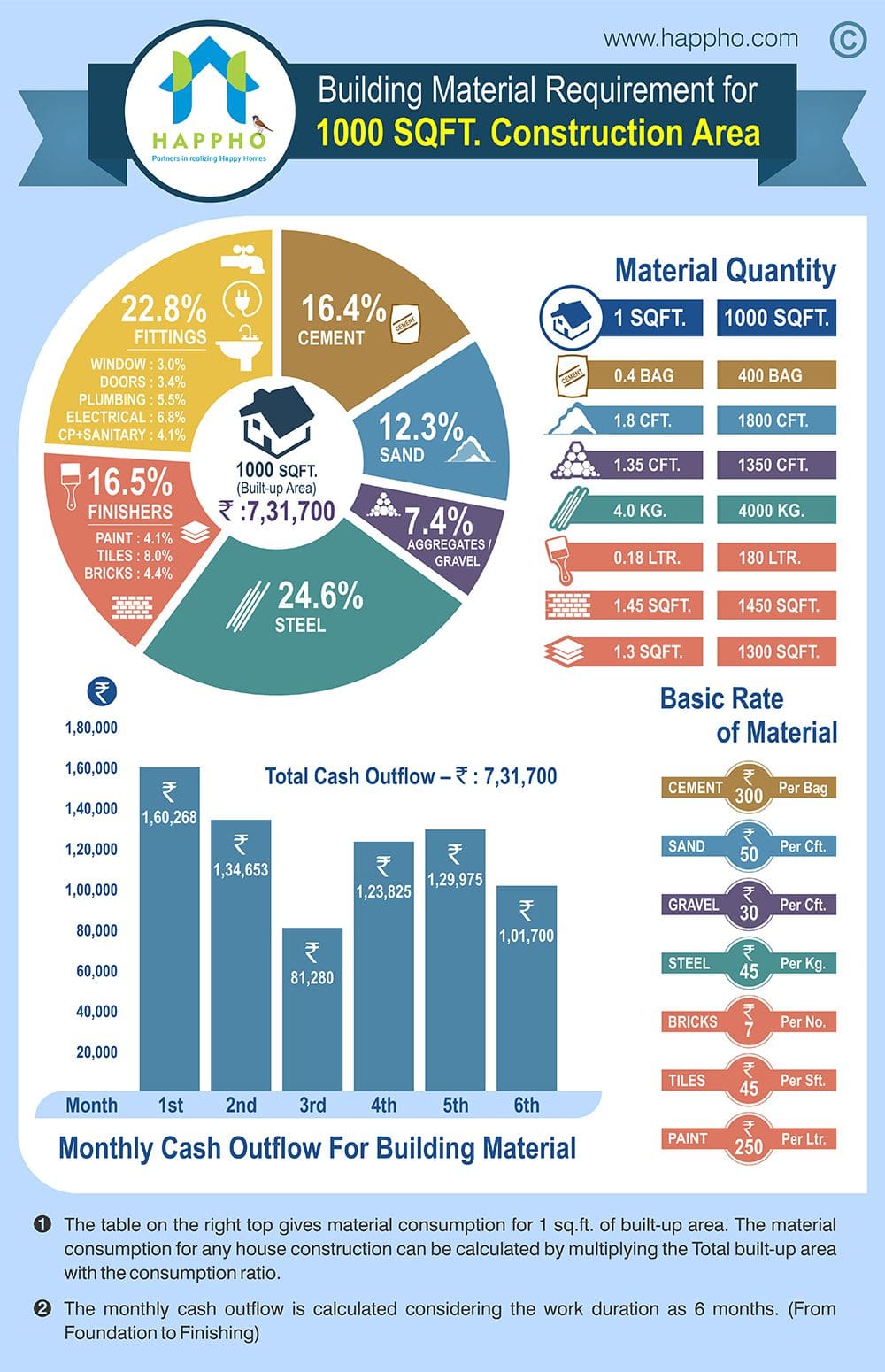Learn More About The Methods Which Seasonal Variables Can Influence The Success Of Commercial Outside Painting And Figure Out The Most Effective Times To Attain Enduring Results For Your Project
Learn More About The Methods Which Seasonal Variables Can Influence The Success Of Commercial Outside Painting And Figure Out The Most Effective Times To Attain Enduring Results For Your Project
Blog Article
Created By-Regan Rosendal
When you're planning a business exterior painting project, seasonal aspects can make or damage your results. You'll want to think about just how temperature level and moisture influence paint application and drying out times. Selecting the appropriate period can ensure your paint sticks properly and lasts much longer. Yet which seasons are truly the very best for this type of job? Allow's discover the key elements that can influence your task's success.
The Impact of Temperature Level on Paint Application
When you're intending an industrial outside painting task, the temperature level can substantially impact how well the paint adheres and dries.
Ideally, you intend to paint when temperatures range between 50 ° F and 85 ° F. If it's as well cool, the paint might not heal appropriately, leading to problems like peeling or cracking.
On home impressions , if it's as well warm, the paint can dry out as well rapidly, preventing proper bond and leading to an unequal finish.
You should additionally take into consideration the time of day; early morning or late afternoon offers cooler temperature levels, which can be much more positive.
Constantly examine the maker's suggestions for the certain paint you're using, as they usually supply support on the excellent temperature array for optimal outcomes.
Humidity and Its Effect on Drying Times
Temperature isn't the only environmental aspect that influences your business exterior painting task; humidity plays a considerable role as well. High moisture degrees can decrease drying out times considerably, influencing the general quality of your paint work.
When the air is filled with dampness, the paint takes longer to treat, which can lead to issues like poor attachment and a greater risk of mildew development. If you're repainting on a specifically humid day, be gotten ready for prolonged wait times in between layers.
It's vital to keep track of regional weather conditions and plan accordingly. Preferably, go for humidity degrees in between 40% and 70% for optimal drying.
Keeping these factors in mind ensures your project stays on track and provides a long-term surface.
Best Seasons for Commercial Outside Painting Projects
What's the most effective time of year for your business outside paint jobs?
Spring and early fall are usually your best choices. Throughout these periods, temperature levels are mild, and humidity degrees are typically reduced, producing perfect conditions for paint application and drying.
Stay clear of summer's intense heat, which can trigger paint to completely dry too quickly, leading to poor attachment and surface. In a similar way, winter's cool temperatures can hinder correct drying and healing, taking the chance of the long life of your paint job.
https://www.bobvila.com/articles/how-to-paint-your-home-exterior/ for days with temperature levels between 50 ° F and 85 ° F for optimum outcomes. Keep in mind to inspect the neighborhood weather forecast for rainfall, as wet conditions can ruin your task.
Planning around painters ensures your painting job runs efficiently and lasts much longer.
Conclusion
Finally, intending your industrial exterior paint projects around seasonal considerations can make a significant distinction in the result. By organizing work throughout the excellent temperature levels and humidity levels, you'll make sure far better bond and drying out times. Remember to keep an eye on neighborhood weather report and pick the correct time of year-- springtime and very early autumn are your best bets. Taking these steps will certainly assist you attain a durable and expert surface that lasts.
